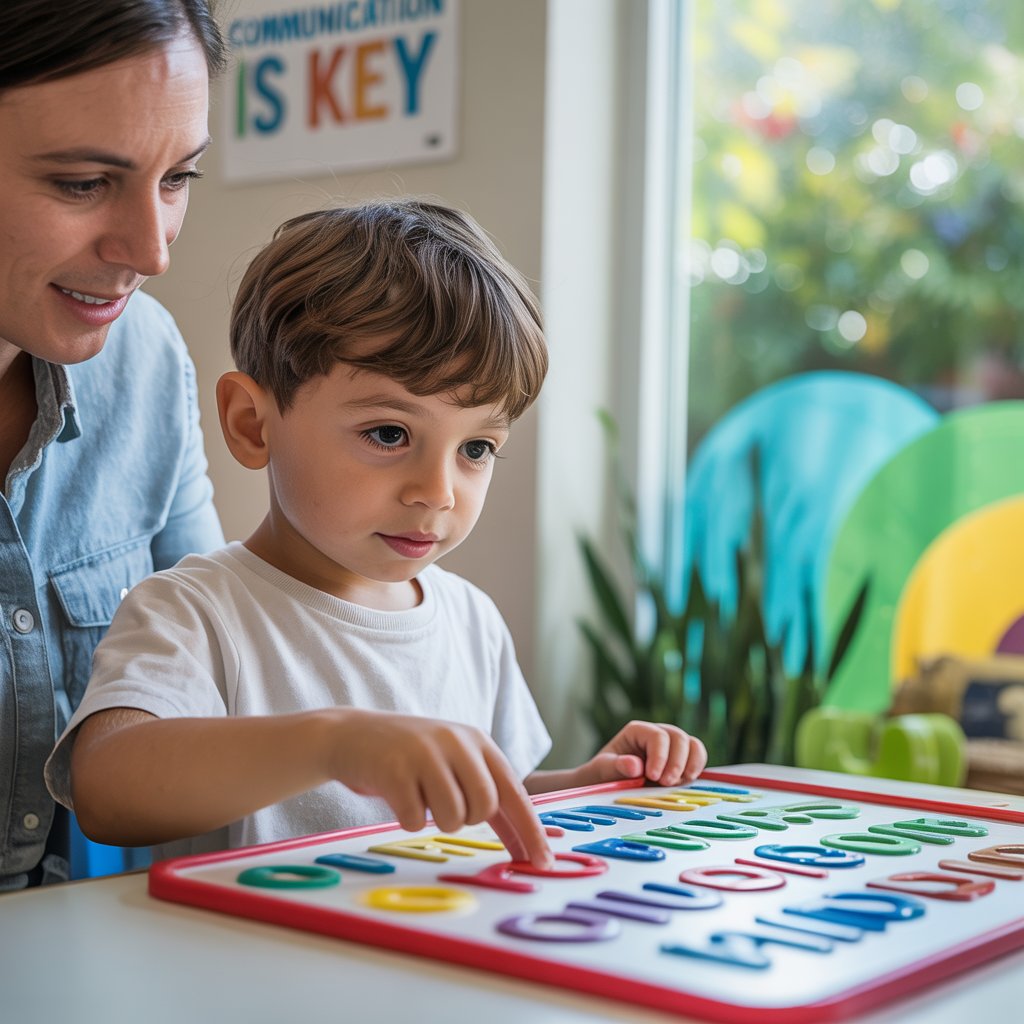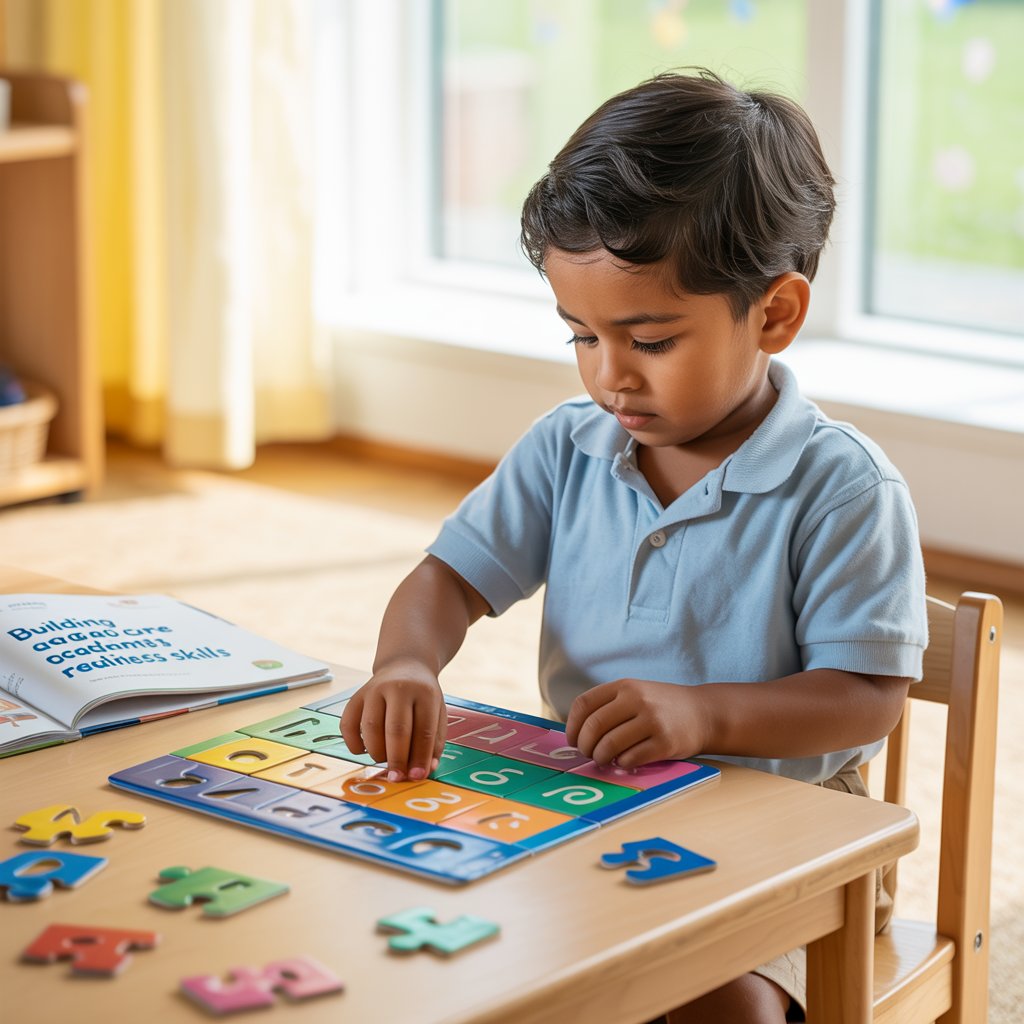Sensory Integration Therapy Techniques

Kids with sensory processing challenges often feel like they're trying to function in a world that's too loud, too bright, or just too much. That's where sensory integration therapy comes in—it's not just a fancy term, it's a lifeline.
Occupational therapists use techniques like deep pressure touch, vestibular activities (think swinging or spinning), and proprioceptive input (heavy work that engages joints and muscles) to help rewire the brain's response to sensory information.
A therapy session might look like play—jumping on trampolines, crawling through tunnels, or squeezing therapy putty—but there's serious science behind it. These activities help kids build neural pathways that process sensory input more effectively.
What works? Many parents swear by:
- Weighted blankets and vests
- Therapy swings
- Tactile activities with different textures
- Brushing protocols
- Balance boards
The beauty of sensory integration therapy is its individualization. No cookie-cutter approaches here—what calms one child might overwhelm another.
Creating Sensory-Friendly Environments at Home
Your home should be a sanctuary, not a sensory battlefield. Making it sensory-friendly doesn't require an extreme makeover—just thoughtful adjustments.
Start with lighting. Those fluorescent bulbs? They're nightmare fuel for many sensory-sensitive kids. Swap them for warm, dimmable LEDs or natural light when possible.
Sound management is crucial too. Consider:
- Noise-canceling headphones for overwhelming moments
- White noise machines to mask unpredictable sounds
- Carpets and soft furnishings to absorb echo
- Designated quiet zones where sensory input is minimized
Tactile considerations matter enormously. Stock up on:
- Soft, tag-free clothing options
- Bedding with preferred textures
- Fidget tools accessible throughout the house
- Visual schedules to provide predictability
Many families create sensory corners—dedicated spaces with crash pads, weighted items, and soothing sensory tools that kids can access when feeling dysregulated.
The goal isn't to eliminate all sensory input (impossible and unhelpful), but to create a controllable environment where your child can gradually build tolerance.
School-Based Sensory Accommodations and Supports
School can be sensory overload central—bells ringing, fluorescent lights buzzing, crowded hallways, unpredictable noises. No wonder many autistic kids with SPD struggle in traditional classrooms.
Effective accommodations often include:
- Strategic seating—away from doors, windows, or noisy heating units
- Movement breaks scheduled throughout the day
- Fidget tools that don't distract others
- Noise-reducing headphones during independent work
- Visual schedules and timers to increase predictability
- Alternatives to cafeteria eating when needed
- Quiet, designated "reset" spaces
The Individualized Education Program (IEP) or 504 plan should specifically address sensory needs. Don't settle for vague language—push for concrete accommodations that teachers can implement daily.
Communication between home and school is essential. What sensory strategies work at home? Share them with teachers. What triggers meltdowns at school? Teachers should flag these patterns so you can address them together.
Remember: accommodations aren't special treatment—they're equitable access to education. They level the playing field so your child can focus on learning instead of battling sensory overwhelm.

Sensory Diets and Personalized Intervention Plans
A sensory diet has nothing to do with food—it's a carefully designed schedule of sensory activities tailored to your child's unique nervous system needs.
Think of it as nutritional planning for the senses. Just as you need specific nutrients throughout the day, your child needs specific sensory inputs at regular intervals to stay regulated.
A well-crafted sensory diet might include:
- Morning heavy work activities (wall pushes, animal walks)
- Deep pressure input before transitions
- Vestibular activities when energy flags
- Calming oral motor activities before focused work
- Proprioceptive input before situations requiring self-control
The trick is timing. Providing sensory input proactively—before dysregulation occurs—is far more effective than trying to calm a system already in crisis.
Working with an occupational therapist to develop this plan is ideal, but many parents become expert "sensory detectives" who can spot early signs of dysregulation and implement interventions before meltdowns occur.
Document what works and what doesn't. Create a personalized "sensory menu" of activities categorized by effect: alerting, organizing, and calming. This becomes an invaluable resource for caregivers, teachers, and eventually, for the child themselves as they develop self-regulation skills.
Evidence-Based Approaches for Different Sensory Needs
Not all sensory processing challenges are created equal, and intervention approaches should vary accordingly.
For tactile defensiveness (over-sensitivity to touch):
- Gradual desensitization with preferred textures
- Deep pressure massage before light touch activities
- "Heavy work" activities before situations requiring tolerance of light touch
For auditory sensitivity:
- Sound therapy programs that gradually increase tolerance
- Environmental modifications to reduce unexpected noises
- Pre-teaching about upcoming noisy events
For proprioceptive seeking (craving deep pressure and movement):
- Resistance activities like wall pushes and joint compressions
- Weighted items used systematically throughout the day
- Regular opportunities for "heavy work" like carrying weighted items
The research is clear: consistency matters more than intensity. Daily, short sensory activities outperform occasional intense therapy sessions.
Parent training programs show particularly promising outcomes—when caregivers understand the neurological basis of sensory challenges, they respond more effectively to behaviors that might otherwise seem puzzling or frustrating.
The gold standard approach combines sensory integration therapy with cognitive-behavioral techniques, helping children not only process sensory information more effectively but also develop language to express their needs and strategies for self-advocacy.







